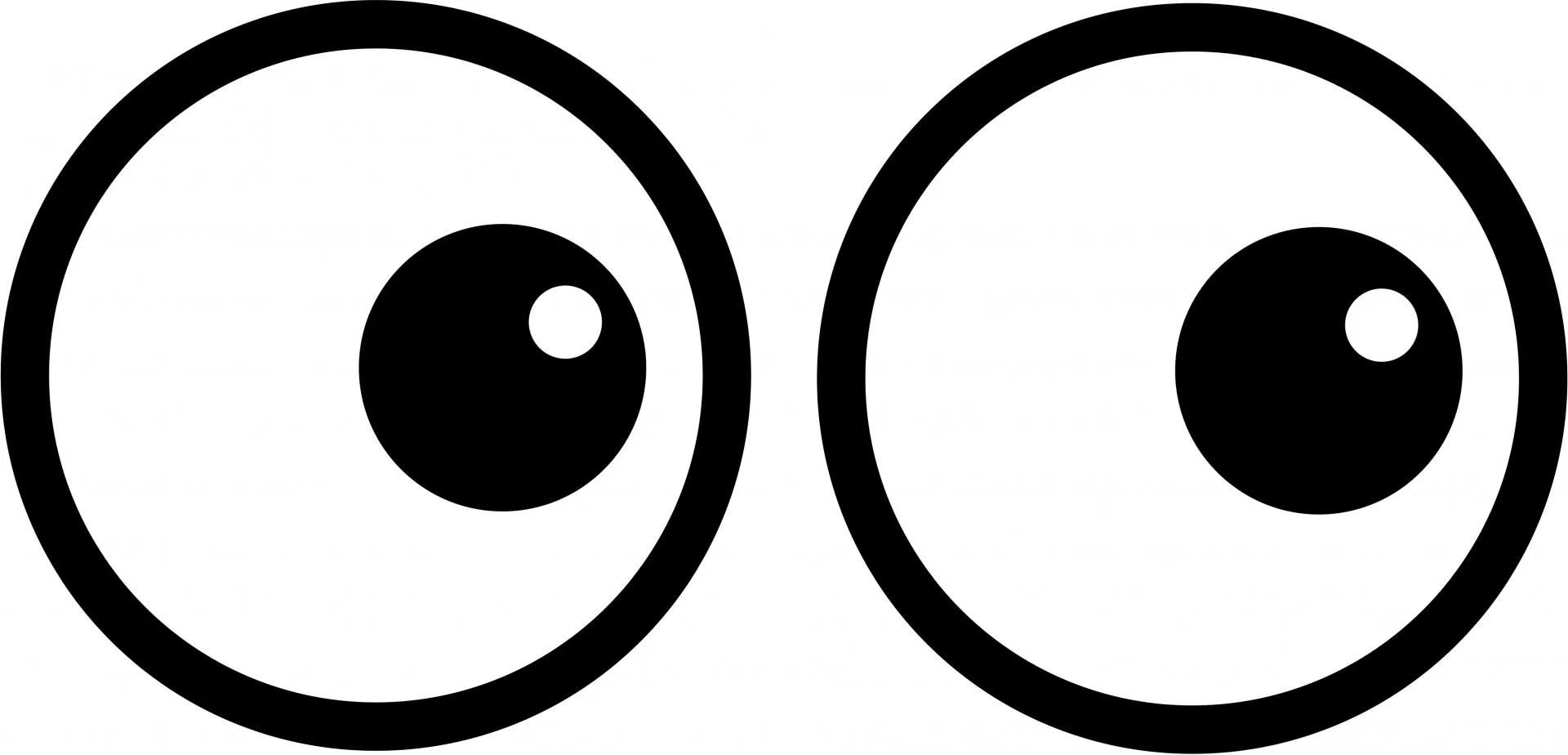

Why do babies cry when they come out of mother's womb
A cry which brings smiles seems a very contradicting statement however a cry of a new born baby does that! Often we see in movies how the nurses, doctors and even the mothers in the hospital room look for whether the baby is crying or not after coming out of the womb.
Ever wondered though why is the need for the baby to cry? Why the doctors look for the cries when they come out of the womb? Let's find out!
Well short answer, its their first breath which generally makes them cry. Long answer ? Here it is.
So basically when the baby is inside the mother's womb it relies on the mother for the oxygen so in short mother breathes in oxygen for both her life as well as for her child's life too. Same for the exhale the carbon dioxide is too given out through mother only.
The baby inside the womb is connected to the mother with the placenta which filters the oxygen rich blood from the mother and the umbilical cord which acts as a medium for transport of oxygen and carbon dioxide.
During birth, the baby feels some pressure on the chest which eases once the baby is out of the womb. When delivered, the babies move from a comparatively warmer surrounding inside the mother's womb to a relatively less warmer. Also being exposed to colder air and new environment makes the babies cry as they gasp for air. The crying expands the lungs removing the fluid and any mucus if present making breathing easy.
So, in short the cry actually points towards the babies having health lungs. What if the baby does not cry instantly? Well, that depends on the situations how the delivery has happened. For example is it normal delivery or c-section or baby is delivered through water birth where temperature is little warmer inside the water. All these factors are considered to understand the criticality of the situation.
Also, for more information, the evaluation of a new born is done using the APGAR score
- A - appearance - if the skin is pale or pink
- P - heart/pulse rate - whether the pulse rate is normal or not
- G - grimace (reflex) - whether there is any response to stimulation, whether the baby gets irritated or not
- A - activity - how is the muscle tone of the baby, are the arms and legs flexed, active or no movement
- R - respiration - whether there is no cry, slow or loud cry.
A score between 0-10 is evaluated when deciding if the baby needs immediate attention or not with lower score signalling emergency.
Coming back to fluid in lungs, one may ask why doesn't the baby drown inside the mother's womb since the lungs are filled with amniotic fluid right? Well the answer lies in why do we need lungs for? Breathing you say? But what does breathing gives us?
Well the answer is oxygen. Now inside the womb the baby gets the required oxygen from mother through placenta and umbilical cord so it does not matter if the lungs are filled with amniotic fluid. However once we come out of mother's womb there is no way we would get oxygen apart from the lungs. So if the lungs are filled with water it is unable to send the oxygen which is why one ends up in a possible fatal condition.
What happens to the fluid present in the lungs? It is said that most of it is removed during the birth process, while the remaining is said to be expelled through cough.
Now you understand the first breath of a baby which results from the hormonal changes which happen leading the removal of left over fluid from lungs, to change in environment, exposure to colder air, external stimulation leading to discomfort can cause the baby to cry. Also there have been instances where healthy babies do not instantly cry.
Babies cry because that's how they know to communicate, be it for hunger, wet diaper, irritation, sleep or something else. So next time, consider the first cries as the baby saying "Mumma, Dada I am here!!!"
That's about it for the curious mind for now, until next time keep breathing the air of curiosity!!
Powered by Froala Editor


